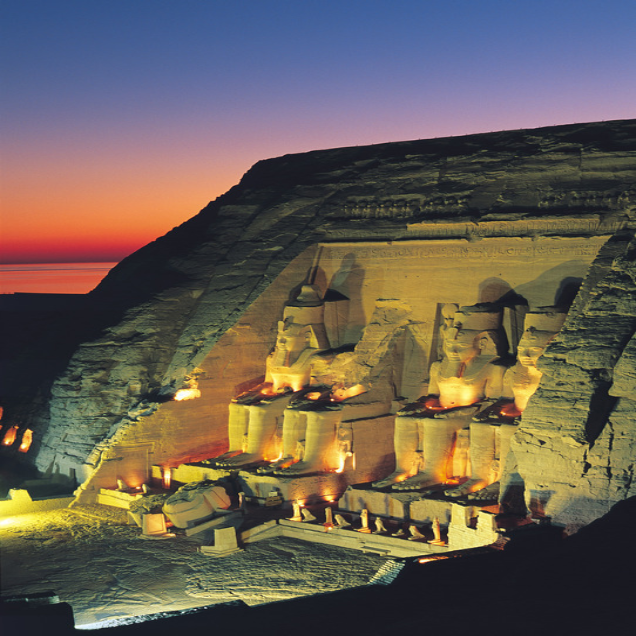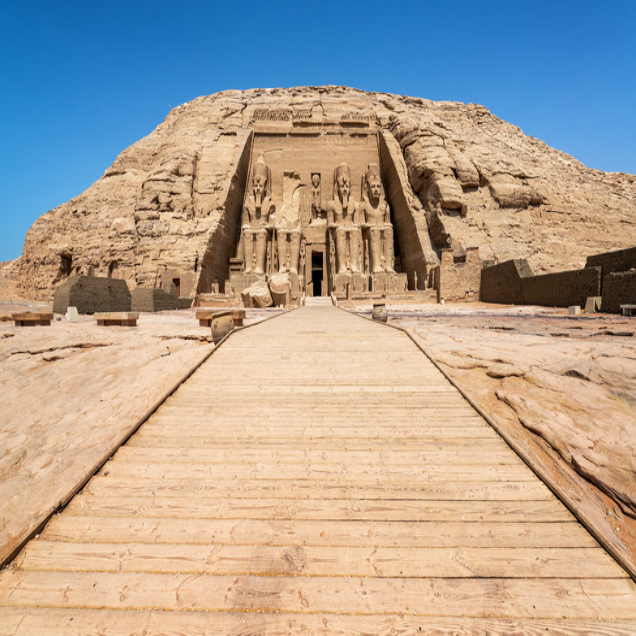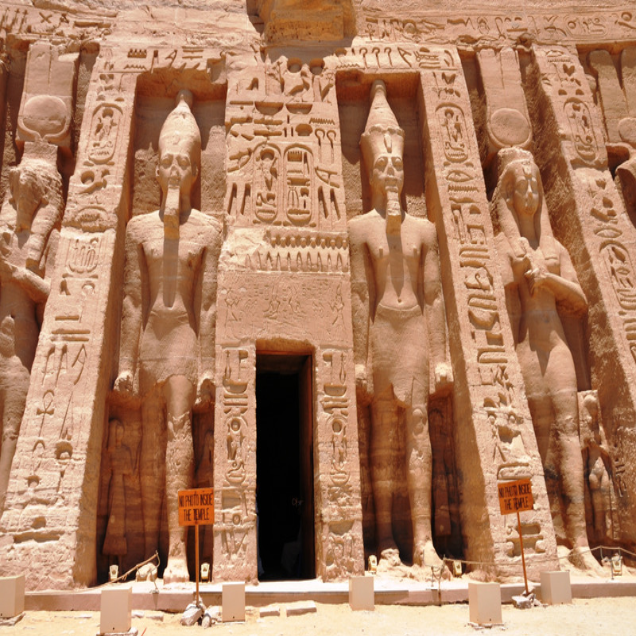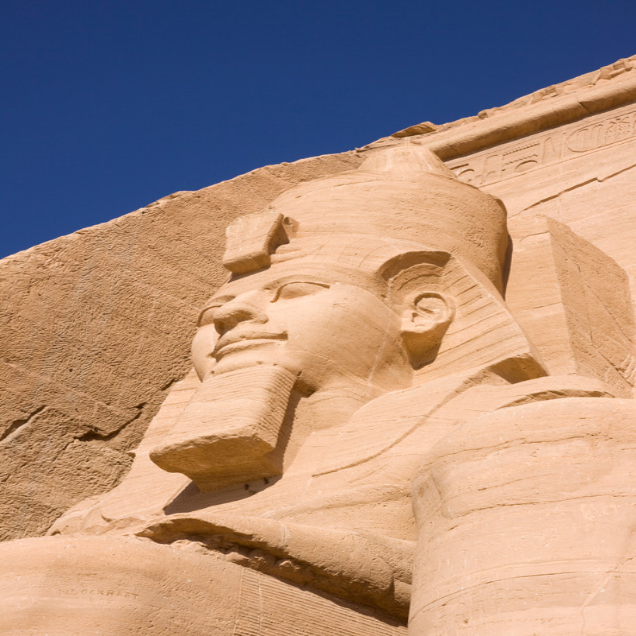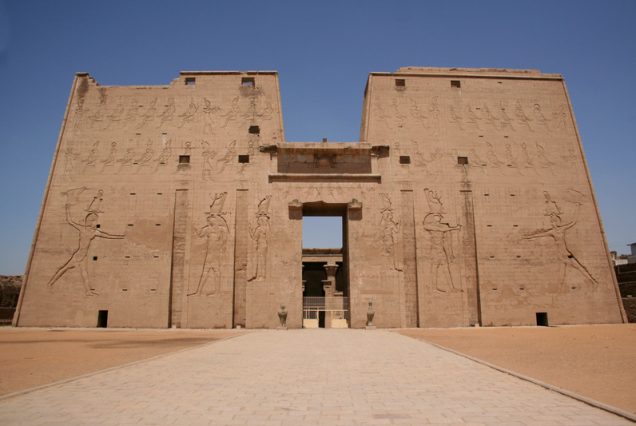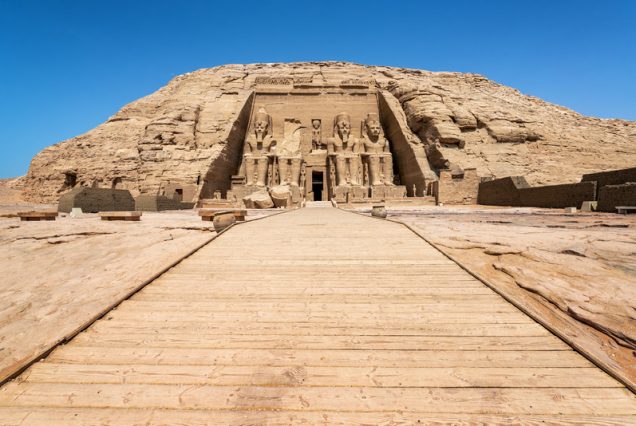Overview
Aswan, formerly known as Swenett and later Syene, was a significant city in ancient Egypt located at the southern frontier. The name Swenett is believed to have originated from an Egyptian goddess with the same name. The Greeks referred to this goddess as Eileithyia, while the Romans called her Lucina, due to the similarities in their association with childbirth, both meaning "the opener". Additionally, the ancient name of the city is said to have been derived from the Egyptian symbol for "trade" or "market".
Info
Aswan, formerly known as Swenett and later Syene, was a significant city in ancient Egypt located at the southern frontier. The name Swenett is believed to have originated from an Egyptian goddess with the same name. The Greeks referred to this goddess as Eileithyia, while the Romans called her Lucina, due to the similarities in their association with childbirth, both meaning "the opener". Additionally, the ancient name of the city is said to have been derived from the Egyptian symbol for "trade" or "market".
Tour details
-
Tour Type
Aswan
-
Price
50$ - 500$
-
Categories
Destination
-
Capital
Aswan
-
Language
Arabic, English
-
Currency
Egyptian Pound , U.S. dollar
-
Time Zone
(UTC+3)
-
Drives on the
left
-
Calling code
+ 20
Aswan, formerly known as Swenett and later Syene, was a significant city in ancient Egypt located at the southern frontier. The name Swenett is believed to have originated from an Egyptian goddess with the same name. The Greeks referred to this goddess as Eileithyia, while the Romans called her Lucina, due to the similarities in their association with childbirth, both meaning “the opener”. Additionally, the ancient name of the city is said to have been derived from the Egyptian symbol for “trade” or “market”.
Due to the Ancient Egyptians’ focus on the life-giving waters of the Nile in the south, Swenett, being the southernmost town in Egypt, was considered the starting point or “opener” of the country. The city was situated on a peninsula on the eastern bank of the Nile, just below the first cataract, which extended from Philae. This location allowed for navigation to the delta without any barriers.
The stone quarries in Aswan were renowned for their high-quality stone, particularly the granitic rock known as syenite. These quarries provided the materials for the colossal statues, obelisks, and monolithic shrines found throughout Egypt, including the pyramids. Even today, the traces of the quarrymen who worked here 3,000 years ago can still be seen in the natural rock formations. These quarries span both banks of the Nile, and a 6.5 km (4.0 mi) road was constructed alongside them, connecting Syene to Philae.



